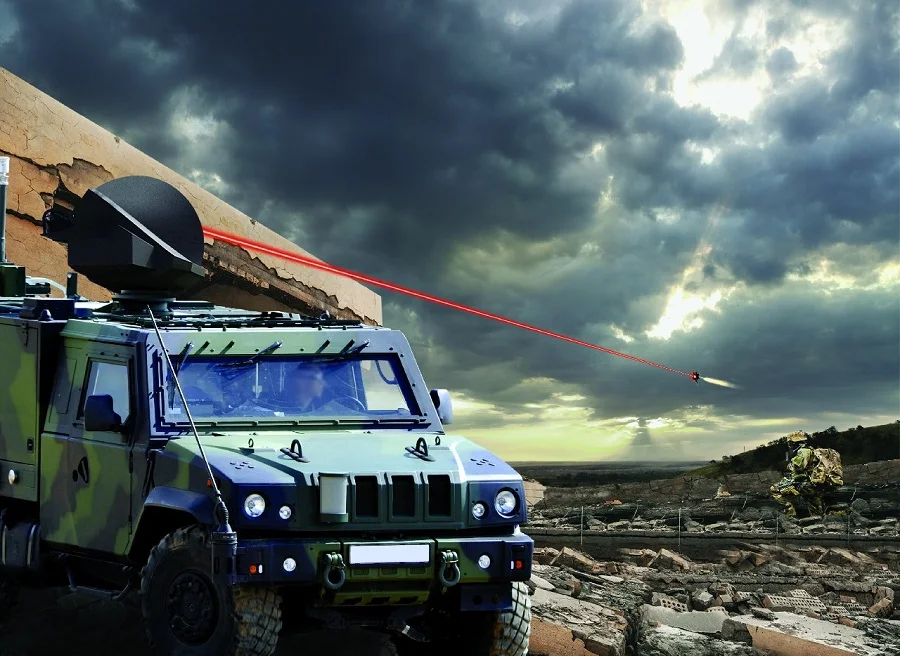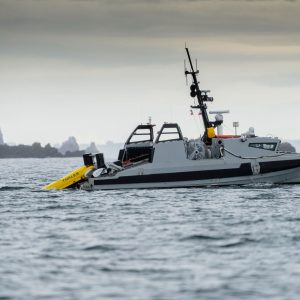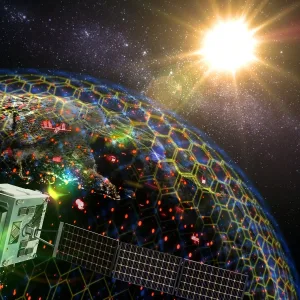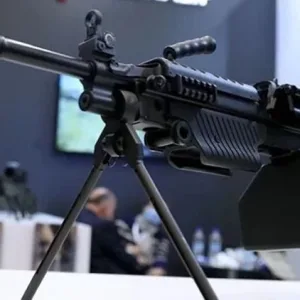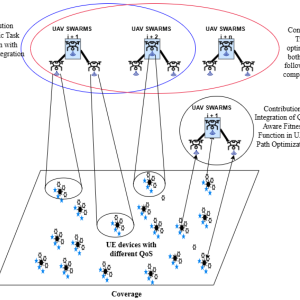The European Defence Agency has formally closed the EDA TALOS laser project. The multi‑year effort matured laser technology for defence against rockets, artillery, mortars, and drones. Notably, the team built an eye‑safer high‑power amplifier and a coherent beam‑combining demonstrator. As a result, Europe moves closer to deployable, 100 kW‑class laser effectors for layered air defence.
Key facts: EDA TALOS laser project
Scope: Tactical Advanced Laser Optical System (TALOS) under the EU’s Preparatory Action on Defence Research (PADR), managed by EDA.
Objective: Develop compact, rapidly cueable laser technology to precisely neutralise agile targets such as RAM and small UAVs while minimising collateral damage.
Outputs: Eye‑safer ~2 µm high‑power amplifier; on‑target coherent beam‑combining propagation demonstrator; CONOPS, target vulnerability, ethics & safety framework; roadmap to European LDEW.
Funding & timeline: EU grant approx. €5.4 million; kick‑off 2019; final event held in 2023.
What TALOS achieved—and why it matters
Directed‑energy weapons are moving from lab demos to real use. The EDA TALOS laser project tackled two hard problems: safer wavelength scaling and combining beams on moving targets. Therefore, it aimed to place more power on target without huge single lasers. It also reduced size and support needs at the edge.
TALOS focused near the ~2 μm band, which is safer for eyes than 1 μm. In addition, the team proved coherent beam combining. This aligns several small beams so they hit like one. For counter‑UAS and C‑RAM, that creates a tight, steady spot that can burn through thin skins and sensors.
The project also delivered key documents. These include a concept of operations, target vulnerability studies, and an ethics and safety guide. Together, they speed the path from prototype to units. Moreover, they ease integration with fire control and C4ISR systems.
Operational context: Europe’s layered air defence
Russia’s war in Ukraine normalised drone and rocket attacks. Consequently, Europe must harden bases and critical sites. Kinetic interceptors still matter. However, they are costly to fire and magazines run out. Mature 100 kW‑class lasers could add a low‑cost, deep‑magazine layer. The EDA TALOS laser project gives Europe a home‑grown path and less reliance on outside suppliers.
Integration is the next hurdle. Lasers must point fast using networked sensors. They also need to keep beam quality through turbulence. And they must operate safely near civil air traffic. TALOS studied beam travel in real air and on‑target combining, which addresses these needs. It also informs new EU work in air defence and EW, where lasers join SHORAD and jamming in a resilient kill chain.
From demonstrators to deployable systems
Fielding lasers means solving three practical issues. First, power supply and conditioning at ship and land sites. Second, thermal management that removes heat without new signatures. Third, beam directors that are rugged, stabilised, and precise, with adaptive optics. Therefore, turret quality is as vital as the laser itself. TALOS outputs feed each thread across primes and labs.
Industry partners aligned supply chains for fibres, pump diodes, coatings, and adaptive optics. In turn, they mapped a scale‑up path to operational prototypes. For planners, that means clearer costs and timelines. It also means earlier trials against realistic threat replicas in joint tests.
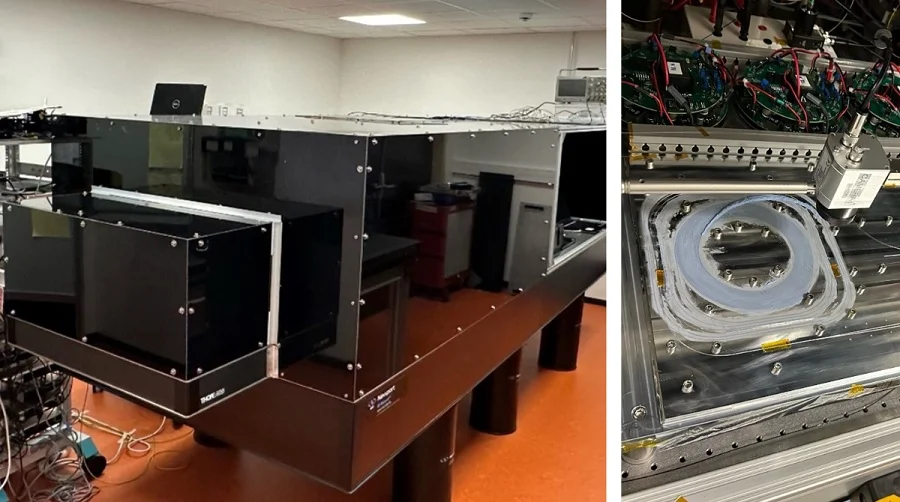
What’s next for EU laser air defence
With the EDA TALOS laser project complete, Member States can lift its results into ongoing lines. Near‑term, trials will likely focus on Group 1–3 drones, spotter quad‑copters, and mortar rounds for base defence. As power and directors mature, lasers can take more shots. Hence, expensive interceptors can be saved for complex threats.
For industry, TALOS reduced risk on hard physics and delivered shared test data. Consequently, national programmes can move faster. For policy makers, the project showed that EU‑level research can deliver useful, dual‑use tech when scoped tightly and managed to milestones.
Internal link: For complementary unmanned‑systems coverage, see our analysis of China’s shipborne rotary‑wing UAVs and their role in distributed maritime kill chains here.
External link: EDA’s closure notice for TALOS is available on the Agency’s website.
Conclusion
The closure of the EDA TALOS laser project is a clear step for Europe’s directed‑energy plans. We now have proven physics, credible prototypes, and a simpler route to integration. As drone use grows, the value of TALOS will show in how fast forces field affordable laser effectors. Therefore, the task shifts from research to disciplined deployment.

